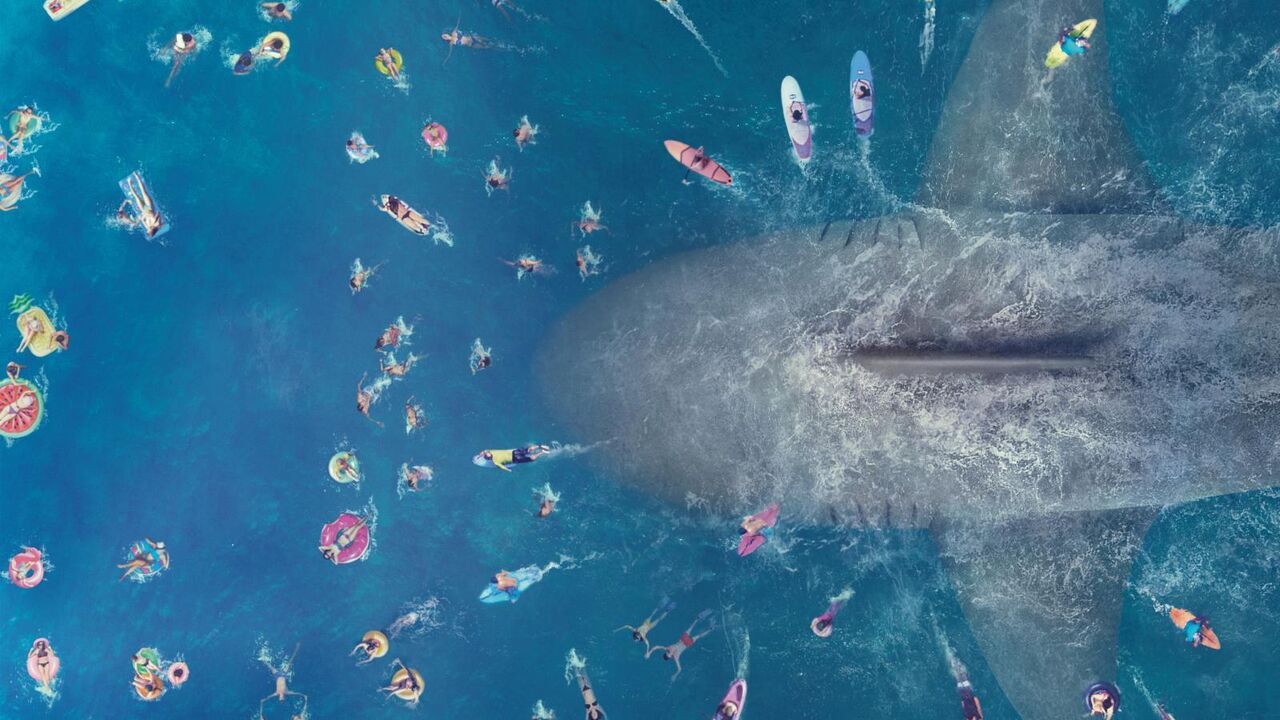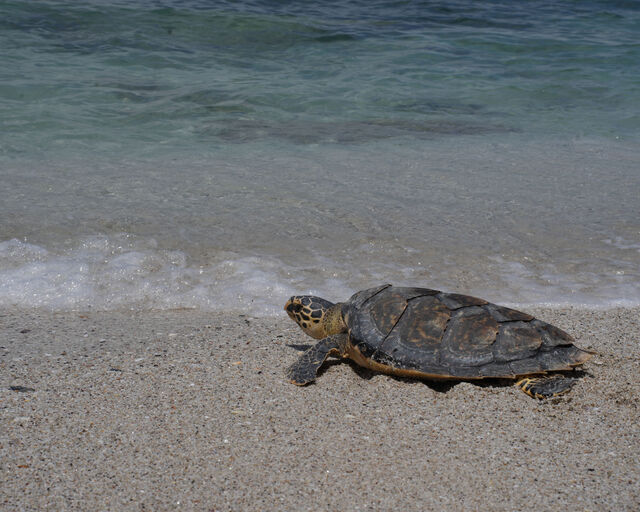While the Megalodon was certainly the largest shark known to have ever lived, it was not the only contender for biggest fish! Leedsichthys problematicus, meaning "Alfred Leed's problem-causing fish", was another prehistoric ocean giant. Estimates put Leedsichthys at approximately 16.5m long, substantially larger than the average Megalodon. Although huge, this fish was probably a filter-feeder, not a predator.
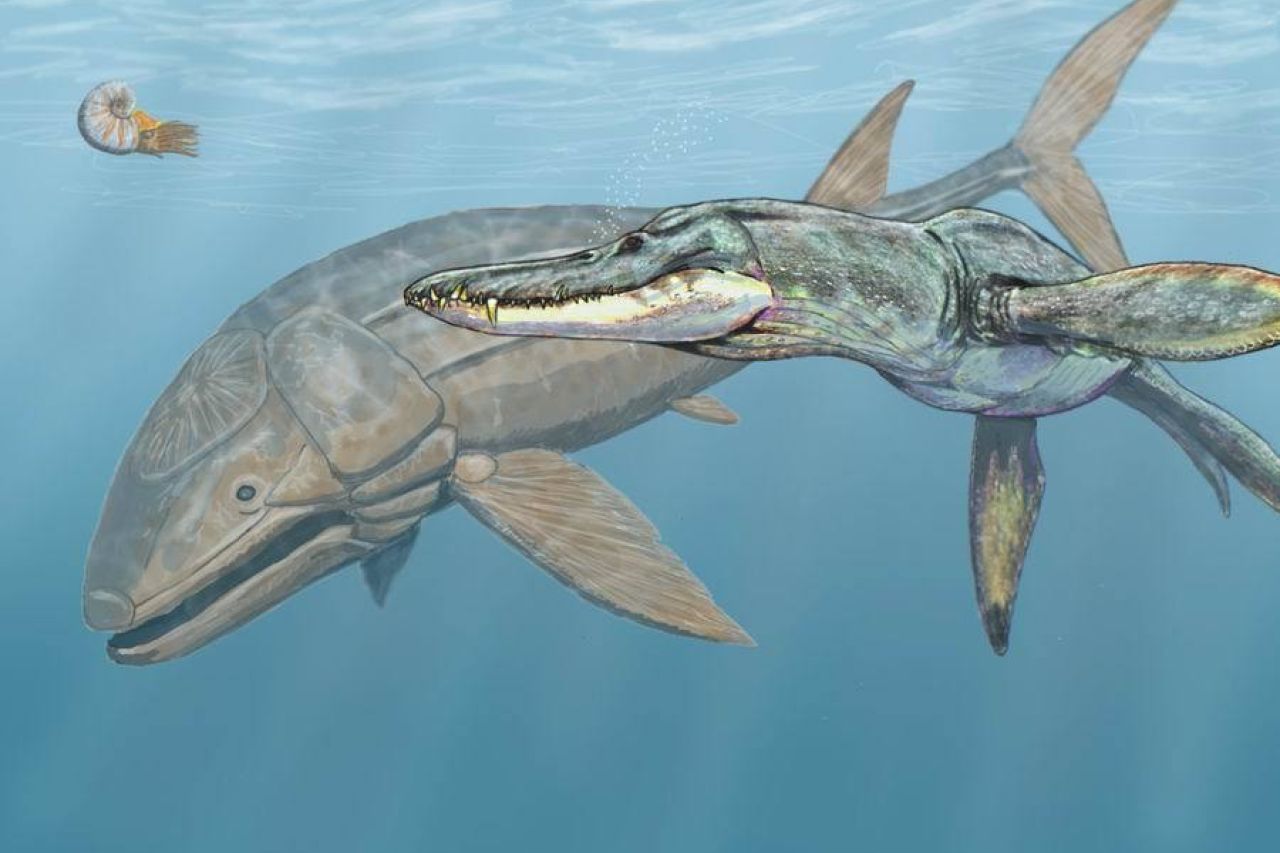
In fact, Megalodon might not even have been the largest predator in the ocean at the time it was alive - the recently discovered Leviathan whale (Livyatan melvillei) was potentially larger than Megalodon and occupied the same territorial waters. The Leviathan was likely a close ancestor of modern sperm whales, but it was a true apex predator with the largest teeth of any known animal (more than twice the size of the Megalodon's) and likely used a similar hunting strategy of modern orca whales.
Estimates of the first Leviathan found put it at a maximum size of 17.5m, although since then larger specimens have been discovered (but, at the time of writing, these findings were unpublished in scientific literature). In fact, although Leviathan was huge - we don't need to look back in time to find a predatory whale larger than Megalodon: Present-day sperm whales have been recorded reaching 20.7m - far longer than Megalodon.
Recent analyses carried out by a team from Bristol and Swansea universities has come up with the most accurate Megaologon body proportions so far. Using a 16m Megalogon as an example, it's head would have been about 4.7m long and it's doral fin (the one on it's back) about 3.8m tall. Coincidentally, the body proportions of the fictional shark shown in The Meg are a pretty good approximation of that this shark may have resembled.
Did Megalodon eat dinosaurs or people?
Fortunately, the Megalodon went extinct recently enough that we have excellent fossil remains to show us exactly what it ate - and its prey should not surprise you: It ate mostly large marine mammals such as whales, seals, dolphins and dugongs, and large fish and turtles.
Megalodon's prey list should look familiar - it is almost identical to the prey of modern killer whales.
Did you know that you can watch sharks feeding, every Sunday at 15h00 at the Two Oceans Aquarium.
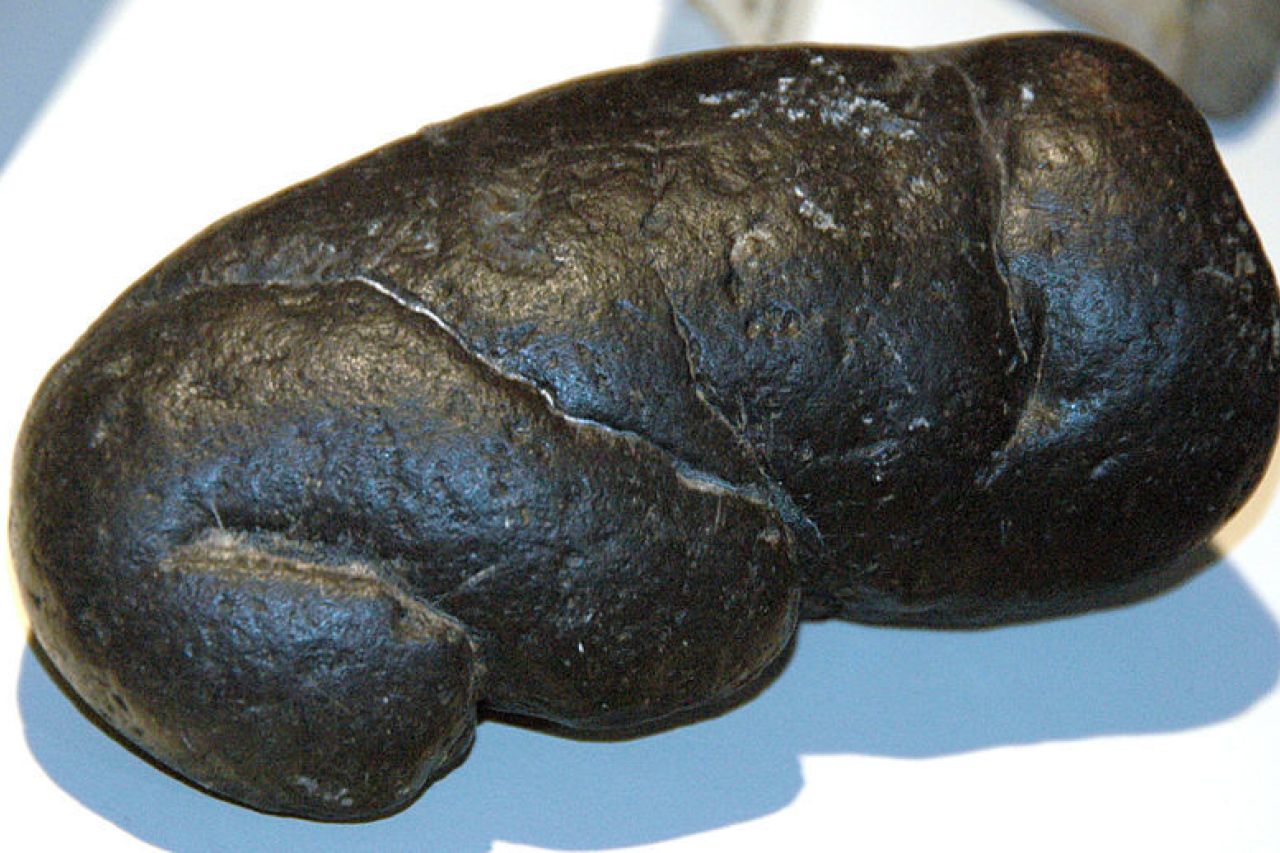
Normal glass has a Moh's hardness 5.5 and tooth enamel is lower at just 5. In fact, even human teeth are harder than those of sharks.
Megalodon tooth fossils are common - in fact, they were used as jewellery by Native Americans for more than 10 000 years. Megalodon had approximately 276 teeth, arranged in five rows in each jaw. These rows enabled Megalodon to constantly shed worn out teeth and replace them with new, sharp ones - something that our ragged-tooth sharks do too.
Did Megalodon really bite whales in half?
Megalodon certainly had a strong bite - estimated to be the strongest bite force of any animal. However, they did not typically bite prey in half - their strong bite force was used to bite off the tails and fins of larger prey to immobilise them.
However, despite their powerful jaws and huge sizes, it seems that Megalodon actually preferred hunting smaller animals.
Are great white sharks descended from Megalodon
It is a commonly held belief that Megalodon and great white sharks are related - with great whites being the descendant of Megalodon, but this is not at all accurate. Great whites are related to mako sharks, both descending from the now-extinct broad-tooth mako shark (Cosmopolitodus hastalis).
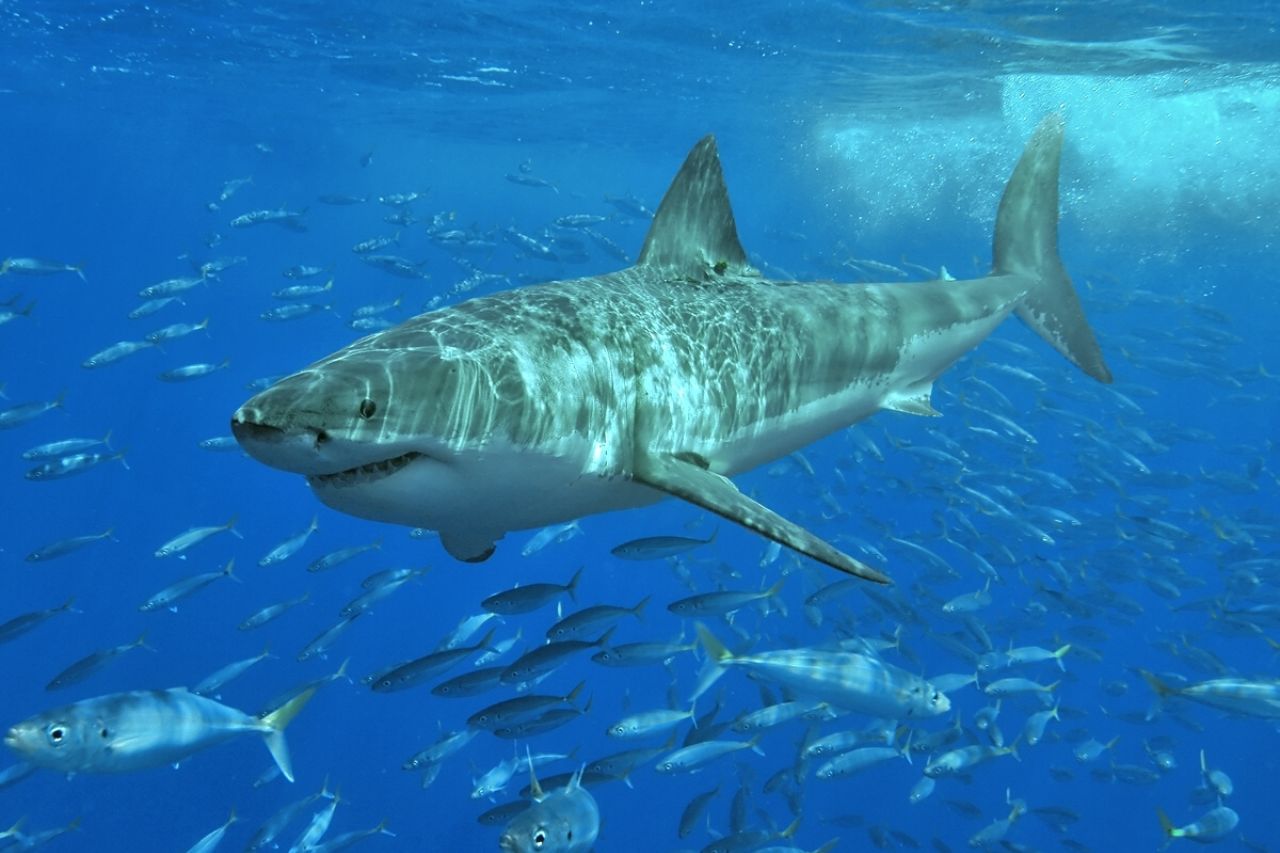
Megalodon in likely the ancestor of the ancient shark Otodus, which has no living descendants today.
Check out our top 10 prehistoric sharks - some are WAY cooler than Megalodon!
The original description of Megalodon in 1843, based only on fossil teeth, drew this conclusion from the fact that both sharks had serrated teeth and are apex predators. This myth has been allowed to grow by wishful thinkers who use the ongoing existence of great whites as evidence of the ability of Megalodon to survive.
How do we know it is extinct?
Megalodon went extinct about 2.6 million years ago when the earth underwent a period of cooling, causing a drop in ocean temperatures and a corresponding disappearance of many of the large whale populations which Megalodon would have relied on for food.
Part of the reason that people think Megalodon is more recent, is because fossils found in the 1950s were dated using incorrect scientific techniques to an age of only 11 000 to 24 000 years. Not only did this study use an outdated technique, but it also did not account for the fact that the fossils had been reworked, meaning that although they were old, they were buried in younger sediment. Modern dating techniques showed that they are 5 million years old. Unfortunately, this incorrect information was deviously spread by Discovery Channel. Read more here.
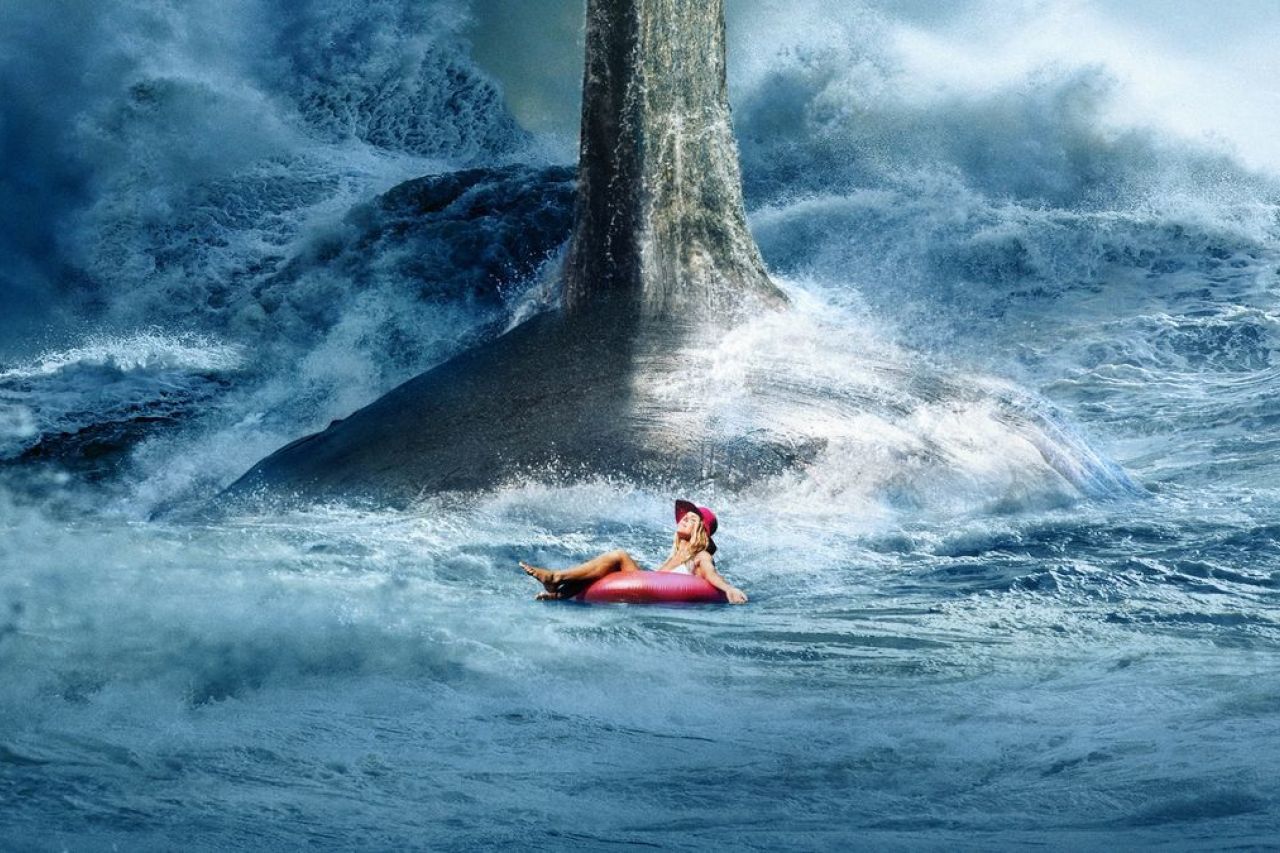
The animals that outcompeted Megalodon, driving it to its final demise, were also predators - the much smaller great white shark and the orca whale, and their ancestors. Warm-blooded orcas could thrive in cool waters, their rigid skeletons allowed them to swim with more agility than Megalodon and their improved intelligence would have allowed them to exploit more diverse resources.
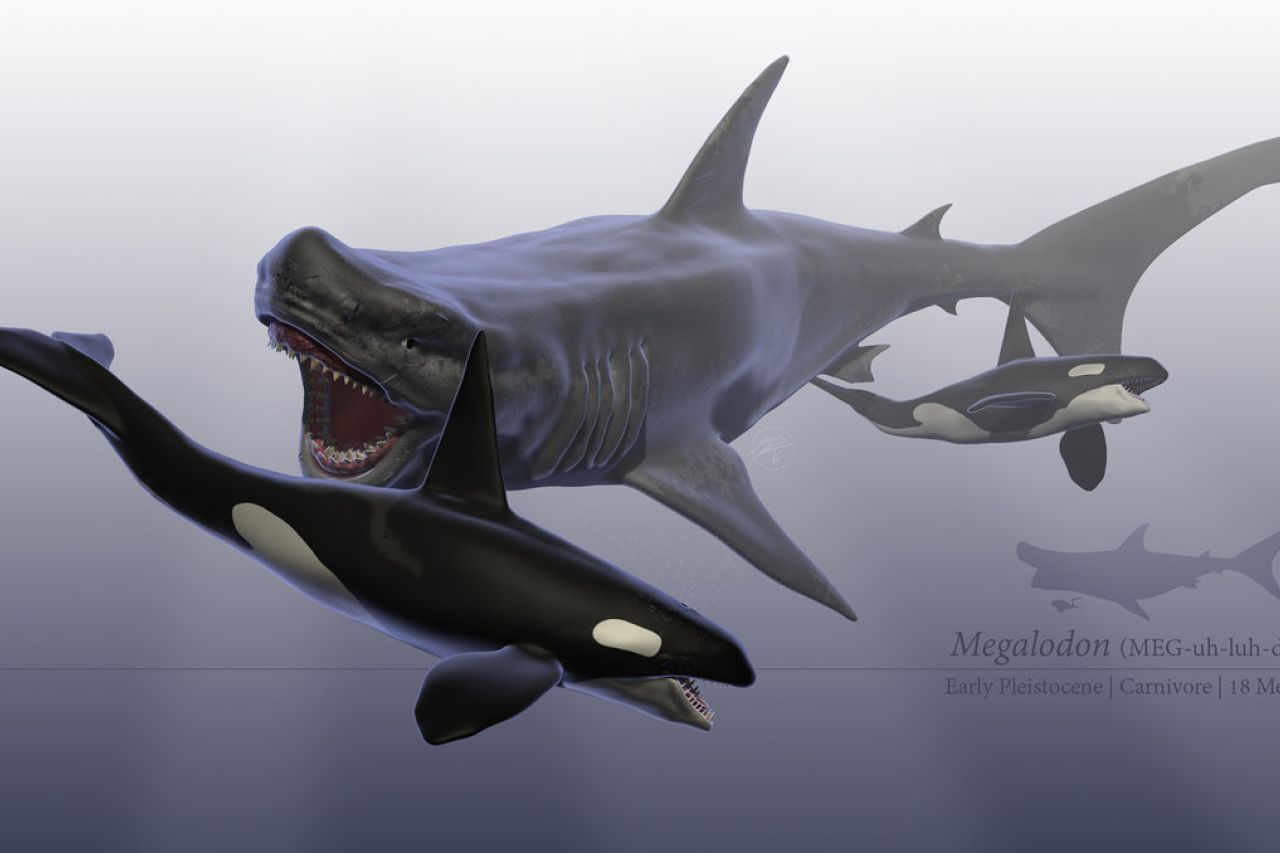
But, the nail in the coffin for Megalon was its sheer size - when food became scarce it starved, but smaller predators like orcas and great whites would simply reduce in numbers until their population reached an equilibrium with the available food.
Can't Megalodon be hiding?
A popular idea is that Megalodon may be hiding in a small population somewhere deep in the ocean that we haven't explored yet - much like the recently discovered mega-mouth shark and the coelacanth. There is a very key difference though: We know for an absolute fact the Megalodon was a huge predator that needed to eat more than a ton of meat a day to survive - that food abundance is simply not present anywhere in the ocean's depths.
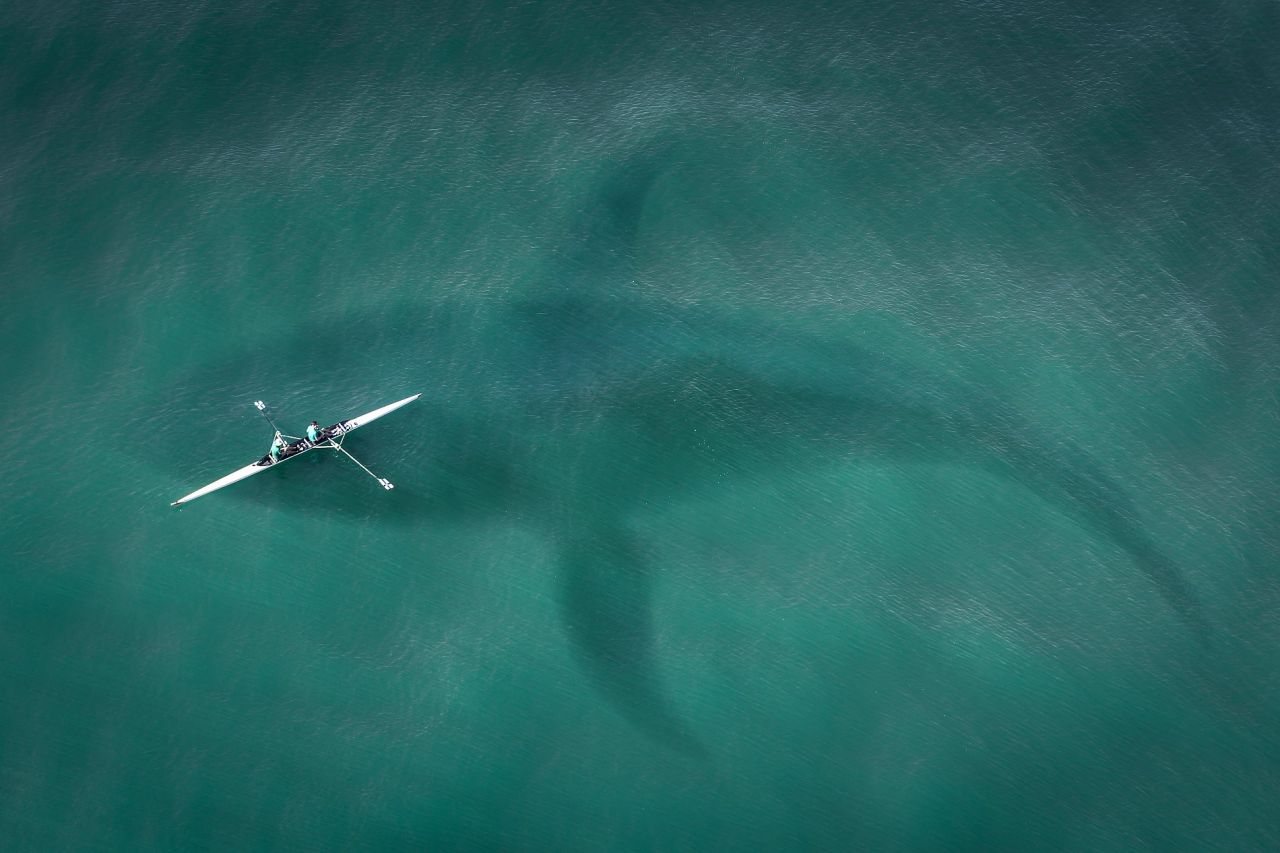
And, in case you are sceptical about the scientific communities motivation to track down living Megalodons, an adult Megalodon would have approximately 1.5 tons of fins - enough to make more than 70 000 bowls of shark fin soup, worth almost a million dollars on the black market.
Why are there so many lies about Megalodon?
Short answer: Discovery Channel aired fake documentaries called Megalodon: The Monster Shark Lives and Megalodon: The New Evidence in for Shark Week. Although these works of fiction had very short disclaimers noting that they were untrue, faked reports of a Megalodon attack near Cape Town and interviews with actors hired to play experts were convincing enough to convince many people of the reality of the series.
Why would anyone do this? Simply put, keeping the public afraid of sharks makes money - the scarier sharks seem, the more money Shark Week and horror movies make. The reality is that fewer than 100 people are bitten in unprovoked shark attacks each year (with fewer than five being fatal) - on the other hand, more than 100 million sharks are killed by people each year.
Back to top
Sharks are awesome - let's appreciate the ones we have today before they go the way of the Megalodon!
Learn more about the Two Oceans Aquarium's shark conservation efforts.
